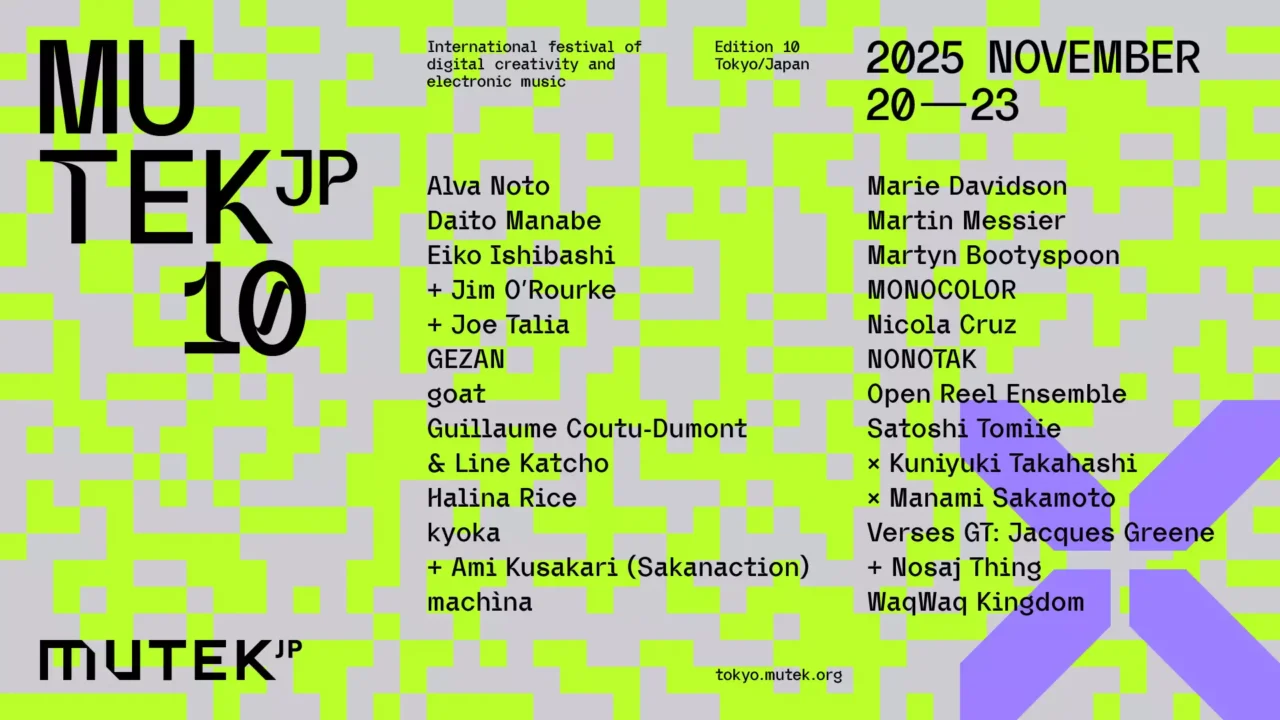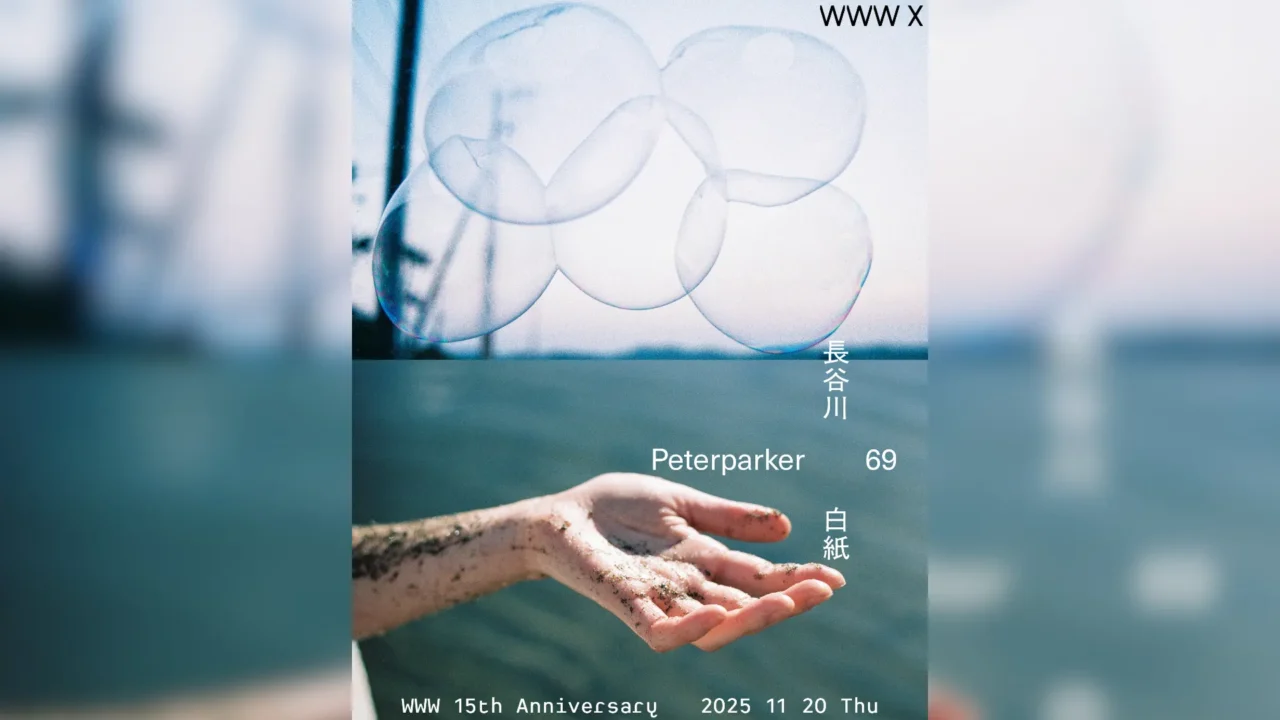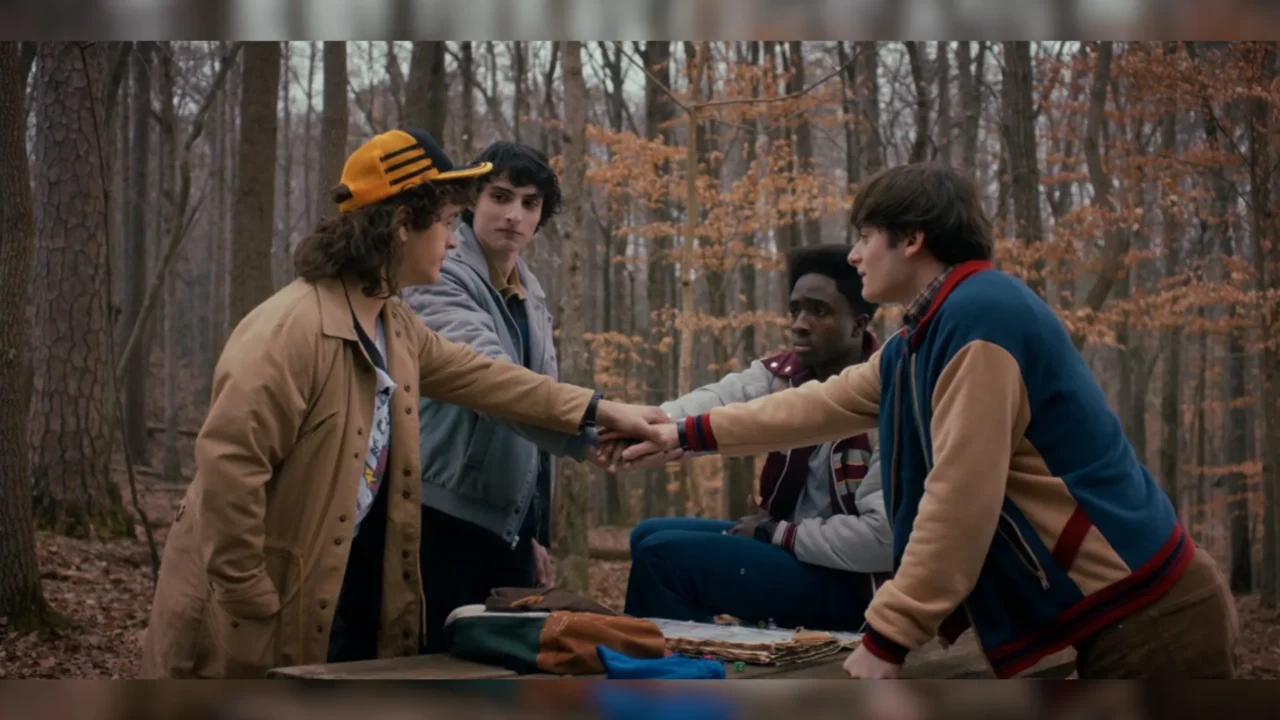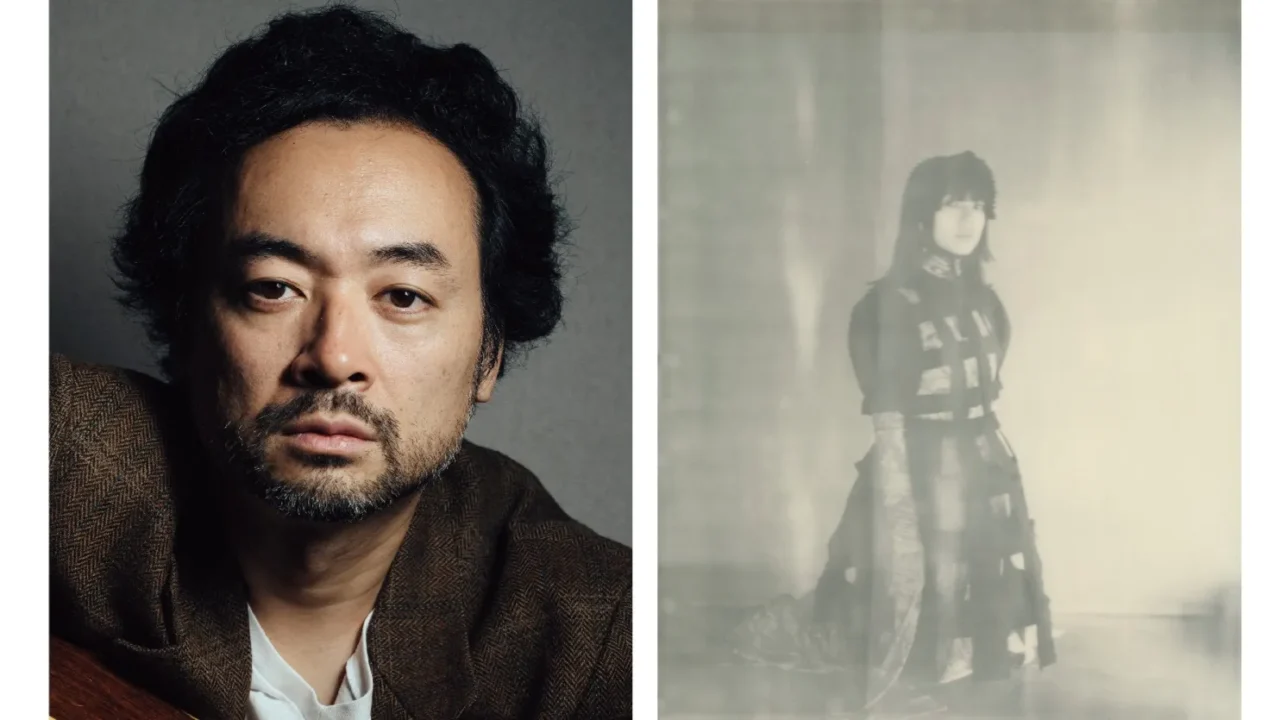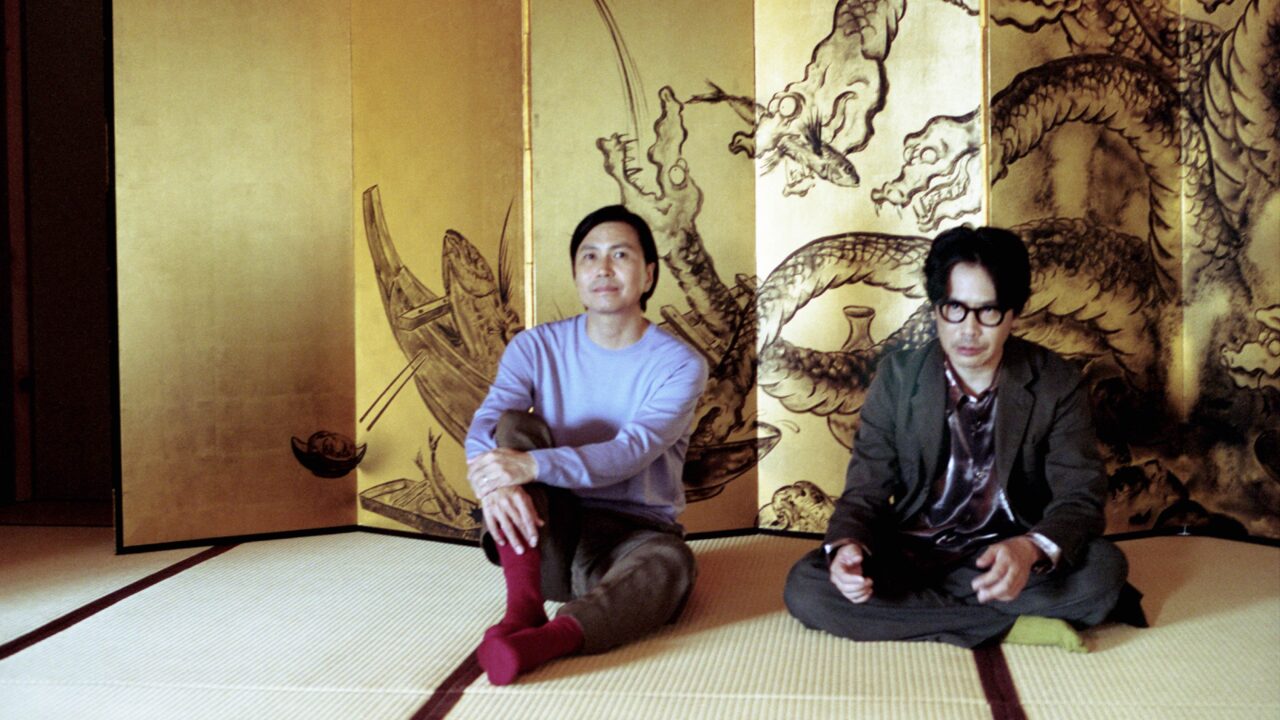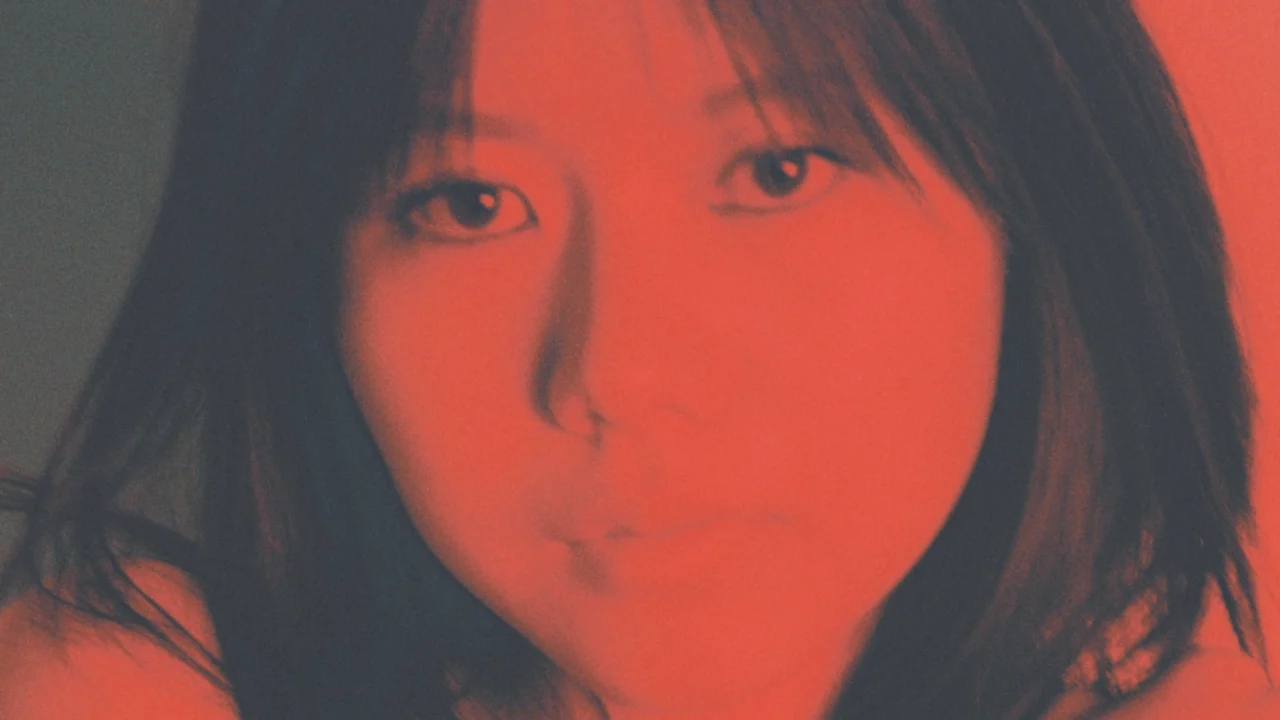Why do musicians perform live? And why do we, as an audience, go to live shows? No matter how advanced recording and video technology becomes, it will never replicate the miracles—or perhaps accidents—that happen in that unique moment and place. Listening to cero’s live album “Live O Rec” prompts us to reflect on the concept of time—past, present, and future—and how these fleeting moments encapsulate endless possibilities.
“Live O Rec” is based on recordings from two consecutive days of live performances, but it’s far from a straightforward live album. Through edits, retakes, overdubs, and various sound manipulations, the work blends multiple layers of time and space. Yet despite these intricate processes, the core of cero’s energy remains rooted in that specific day, that moment, and that place, giving the work its distinct texture.
While the album might seem like a documentary of sorts, it’s too free in its production to fit that label—it blurs reality to create something new. At the same time, calling it a “mockumentary” doesn’t quite capture its essence either. The way time and reality flicker and sway within the sound creates an almost surreal sense of authenticity.
This interview doesn’t aim to fully demystify “Live O Rec.” Written by Ryohei Matsunaga, a journalist who has closely followed cero’s live shows since their early days, and even traveled to local tour performances, this piece is intended to offer a glimpse into the album, providing a starting point for each listener to interpret it in their own way.
INDEX

INDEX
The freedom that comes from the absence of visuals
Where did the idea to make a live album come from?
Takagi: When we did the two-day show at LIQUIDROOM last year (December 2-3, 2023), we were already planning to record it. Since it was two days, we had the chance to capture two takes.
Arauchi: The initial spark came from when we uploaded the live video of “Tableaux” from the final show of the “e o” release tour to YouTube.
Takagi: Yeah, that’s right.
Arauchi: That song had a challenging snare sound to nail down live.
Takagi: Mitchan (Wataru Mitsunaga) was even using a cookie tin as a drum at one point.
Arauchi: So we were already thinking a lot about the live mix, and then Mitchan suggested, “Wouldn’t it be interesting to mix in the sound I recorded on my iPhone, which I always keep next to the drums?” For the YouTube mix, we had Ryoji Yanagida (the engineer) handle it, but I made a version where I mixed in the iPhone audio just for fun. It didn’t make it in time for the actual release, so we couldn’t use it, but when I shared it with everyone, they really enjoyed it.
Arauchi: With that in mind, Takagi suggested that for the year-end two-day event, it could be interesting to experiment with various approaches, assuming we’d record the live performance. Since we tend to come up with plenty of ideas ourselves, we figured it’d be worth giving it a shot.
Takagi: While cero has released several video works, live footage often limits how much we can tweak the audio. If we alter the sound too much, it starts to diverge from the visuals, which then also need adjustment. I’ve always wanted to be free from those constraints and experiment more with just the audio in a live work.
Hashimoto: Even for DVDs, we’d fix some of the sound, but ideally, I wanted to focus more on those details. So, this felt like a good opportunity.
Takagi: Initially, we had plans to involve the audience in the process too.
An approach where the audience participates in the live recording?
Takagi:Exactly. Like, “Please scream here,” or “Do some weird clapping.” At one point, we even thought about having the entire audience turn their backs to the stage, take a picture of nobody looking at us, and use that as the album cover [laughs]. In the end, though, we got too busy preparing for the live show, so we just did it normally on the day.

INDEX
How cero Has Enhanced Their Music Through Live Performances
I don’t think there’s any other band that changes their arrangements as much as cero does in live performances.
Takagi:“We three tend to get bored quickly, so we keep changing the arrangements,” I often say in interviews. Recently, I’ve started to think that our support members might be a bit restless too [laughs]. They come up with ideas with us, so it’s become even less clear who’s driving the arrangements in the live setting. That’s why we felt it was important to capture this moment as a cohesive piece.
Arauchi: Since we changed to our current lineup in the latter half of 2016, I’d say we’re in a period of maturation. From around 2020, I’ve felt a strong sense that things are really coming together. The reduced number of live performances due to the pandemic has made each one feel more special, and our support members are approaching their roles with a renewed freshness. So, we’re both mature and fresh, and in a really great state.

I think many people are curious about what kind of communication underpins cero’s live performances.
Takagi: Even when trying to make eye contact with the support members during a live performance, it often doesn’t happen at all [laughs]. Everyone is dancing or spinning around [laughs].
Arauchi: Mii-chan gets so into the performance that sometimes they don’t look over here either [laughs].
Takagi: They might be drumming away while shouting “Aaaaaah!” [laughs].
Arauchi: Well, we rehearse a lot, so it still works out.
Takagi: For music like ours, it’s common to use manipulators or in-ear monitors to listen to a click track, but we tend to shy away from those methods [laughs]. It’s not that we have a strong belief against it, but we’ve been doing things manually until now, and somehow we’ve ended up being a unique case.
It’s not that we reject using click tracks or syncing tracks for live performances, but there is a certain poetic quality that has been preserved because cero has continued to perform live without them.
Takagi: That’s true. Even something as simple as the sound of the snare drum is different every time. Differences like that accumulate across the stage, and I think this creates a larger flow within cero’s live performances. That’s a relatively important aspect.
INDEX
Evolution in Live Performance Approach Post-“e o“
Last year, our fifth album, “e o,” generated a lot of buzz, didn’t it? And when we started the tour, the excitement only grew. I noticed that, at the Zepp Shinjuku show and the Sendai concert I attended, there were more new types of fans who had never seen cero before.
Takagi: That’s right. When we asked the audience who were at their first cero live show, quite a few people raised their hands. There was definitely a change. People who had only heard our music through streaming probably couldn’t imagine what our live performances would be like.
Arauchi: In a positive sense, there’s no longer a set pattern of excitement at our live shows. It might be perceived as a shift in the vibe.
You mentioned in an interview during the release of e o that the album was created with “silence” as a key concept. This might have resonated with the times.
Arauchi: For live performances, the songs from “e o” tend to become a bit more physical, bringing more energy compared to the studio recordings. I find that quite interesting.
Takagi: It’s difficult for us to explain, but cero essentially evolves past songs based on the mode of our newest tracks. Right now, “e o” is altering the structure of our older songs, and as new things come up, our live performances will continue to evolve accordingly.
Takagi: It’s hard to put into words what makes e o “e o”-like, but the same mode is present in the track “My Lost City.” The exhilaration felt when listening to “e o” isn’t necessarily something that manifests outwardly; it’s more about an inner experience.
In the past, I would have expressed the joy of a live performance as simply being fun if it felt enjoyable. But since “e o,” I’ve come to believe that simply presenting what happens within the music leads to a sense of exhilaration. Essentially, this is what it means to “listen.”
For me, it’s about “listening carefully to what is happening during the performance before singing.” I approach playing with the awareness that I am also one of the listeners. This mindset has been particularly reinforced since “e o” and was further solidified by creating this live album. It feels like a meta-awareness of what’s happening with cero, where I am amazed by it and then express that amazement.
INDEX
What Fuels cero’s “Inner Exhilaration”
I heard that while the mix of “Live O Rec” was led by Hashimoto, there was quite a bit of back-and-forth with Arauchi regarding the sound. Did Hashimoto also take the lead on the track selection?
Hashimoto: To make “Live O Rec” more in line with “e o,” we removed songs with different styles from those we performed at LIQUIDROOM. However, tracks like “Elephant Ghost” and “My Lost City” are intense but have a cold sound, so we included them.
That might be what can be called “e o”-like. The mode that people are currently enjoying could fit the subtly nuanced feelings post-COVID, where it’s music that’s “energetic but doesn’t make you feel unconditionally energetic.”
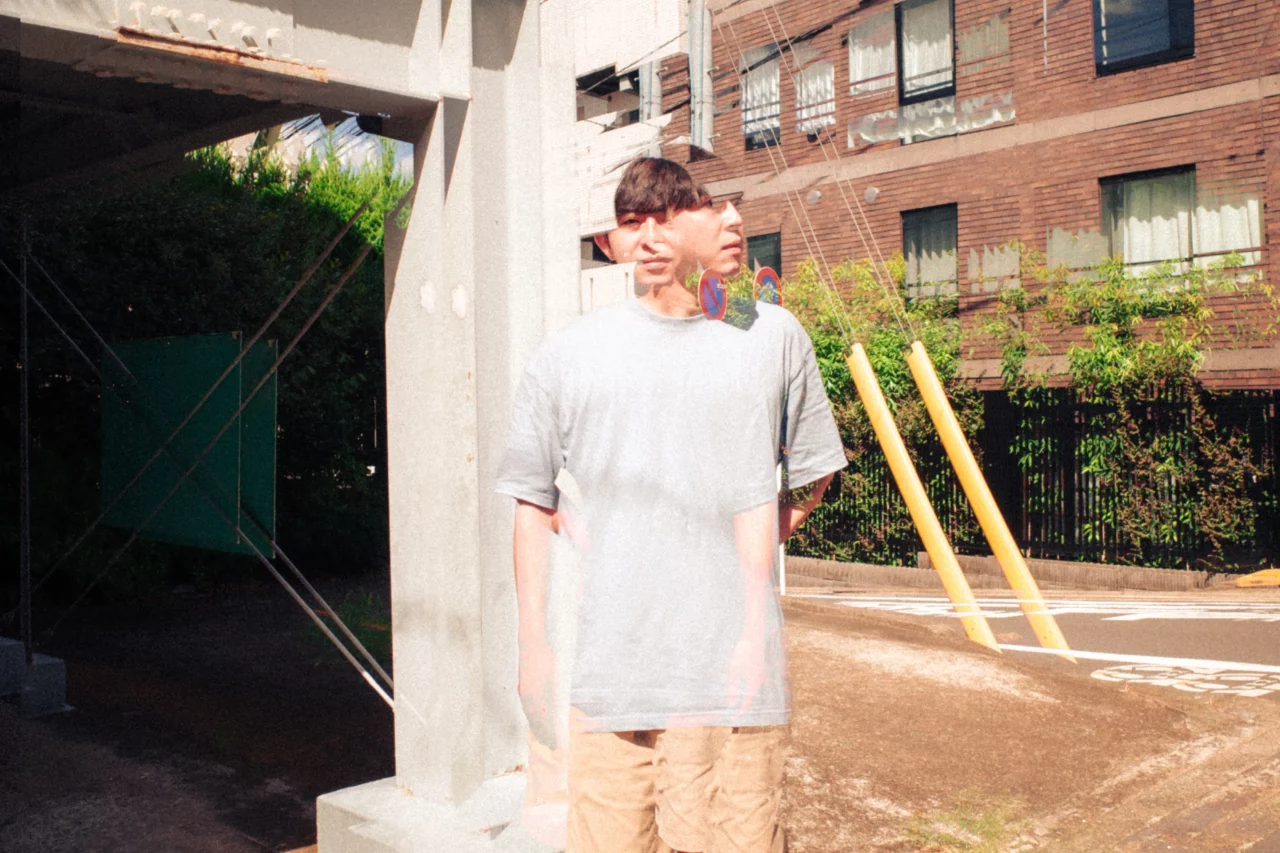
Arauchi: Speaking of fitting with the times, I remembered that when we were making “Nemesis” before “e o,” we initially had an idea to make it more gospel-like. However, we avoided that because it would have been too close to gospel culture. Instead, we wanted to create something that felt familiar and not too distant from ourselves. That sense of proximity might be present in “e o.”
Which song was the first to reveal this direction for the live album?
Takagi: “Nemesis” was the first song.
Arauchi: Regarding the direction, I had a clear vision in my mind. I initially mixed “Nemesis” and “Hitode no umi” myself as a test. It wasn’t just any mix; I used techniques close to track making, such as incorporating sounds that weren’t originally present.
After sending the resulting tracks to everyone for feedback, I asked Hashimoto (his nickname) to finalize the mix. Since Hashimoto was handling the work, it became “Hashimoto Tsubasa’s sound,” but from there, various directions emerged and we continued to rethink and adjust through that process.
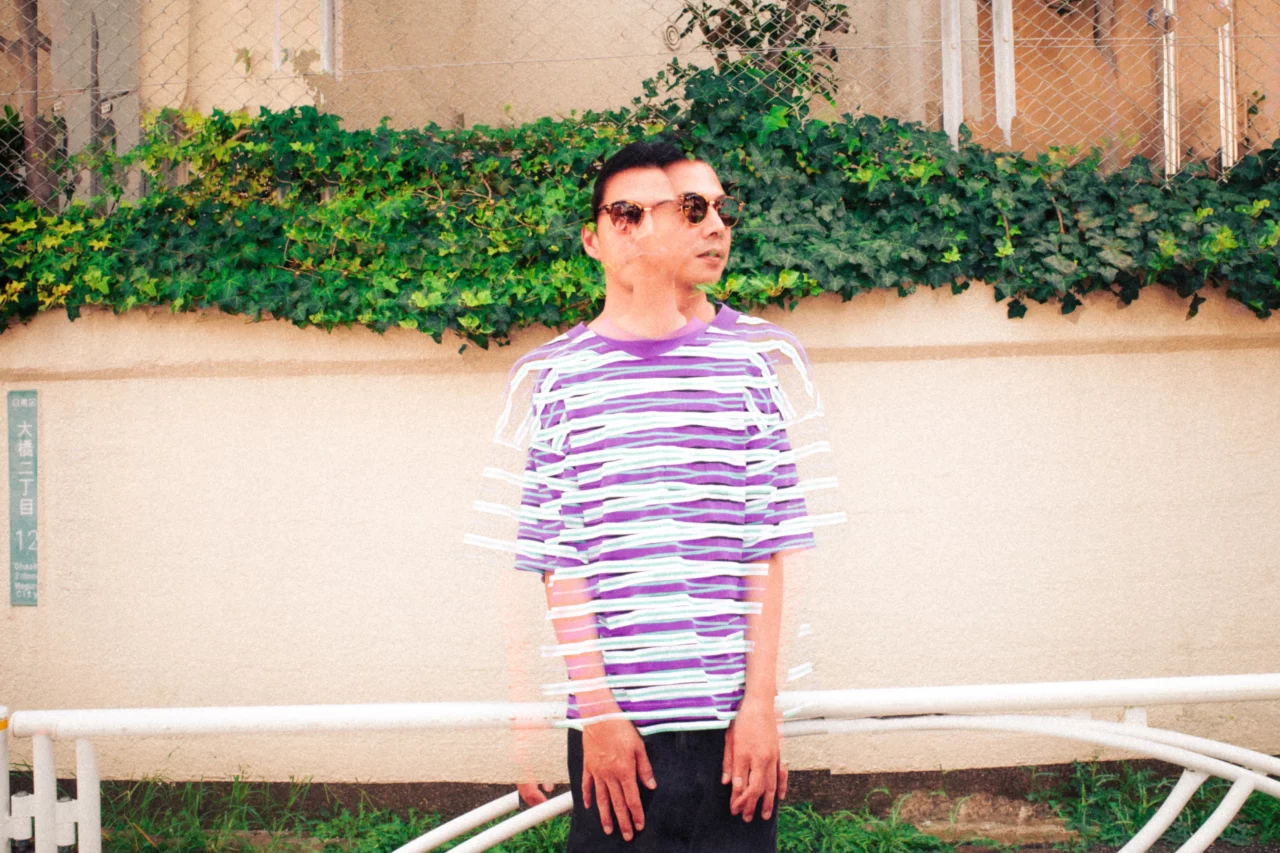
Hashimoto: It’s remarkable how things can end up being completely different without even realizing it.
Takagi: Initially, we thought it might be okay with just a few tracks, like 5 or 8 songs. But by the time we were working with Arapi (Arakawa’s nickname) and Hashimoto, we had already accumulated around 11 tracks. Given that, we decided it was better to go for a full album rather than discarding some tracks.
So, there was clearly a lot of enjoyment in making changes and tweaks. In a sense, this process was more of a re-edit than a mix.
Arauchi: That’s right. The idea was to create studio-quality recordings using live material. In my initial mix, I had cut out all the audience cheers.
As a result, there is still a fair amount of audience cheer left.
Arauchi: We had to cut and paste to make it work. Some parts would have sounded unnatural without it.
Takagi: Exactly. We even brought in cheers from different scenes.
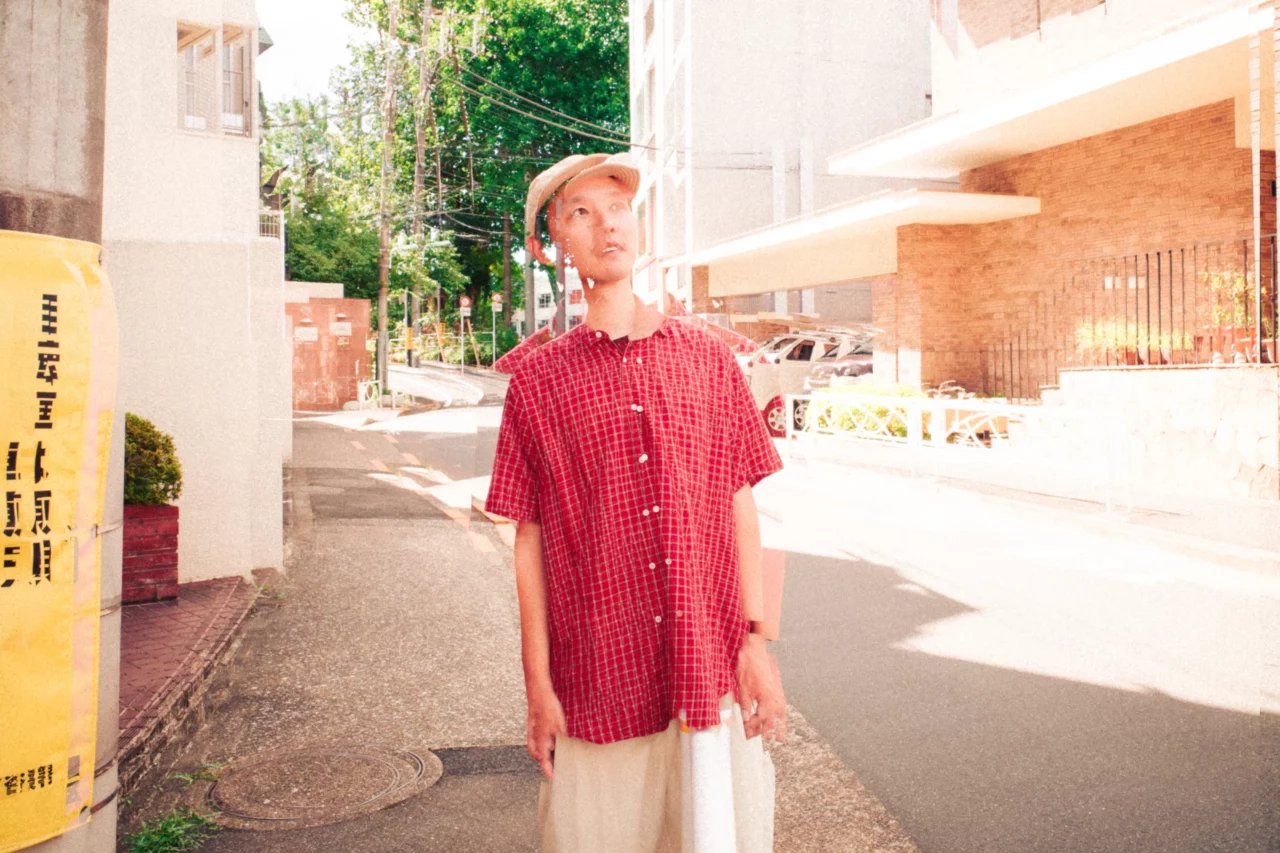
INDEX
How “Live O Rec” Removed the “Constraints” of Live Recordings
Which song changed the most from the live performance?
Takagi: “Evening News” is almost like a studio take because Arakawa re-recorded it himself, rather than just using the live take.
Hashimoto: The one I changed the most was “Poly Life Multi Soul.”
Takagi: That one really bends space and time!
Hashimoto: The part with the vocals comes from a different live performance.
Takagi: Yes, that take is from the outdoor performance on July 16, 2022.
Hashimoto: The earlier “outdoors” is a mix of footage shot at Tamagawa from the no-audience streaming event in 2020 and the live performance on June 27 of the same year. Then we transition to the “Poly Life Multi Soul” from the 2022 outdoor performance, which connects to last year’s live version.
Initially, we were mixing with the LIQUIDROOM recording, but later Takahiro suggested including the transition between the “outdoors” and “Poly Life Multi Soul” from the outdoor performance, which he liked. Since there were no hard rules for this project, we just changed the transition.
Arauchi: Aren’t you using takes from different days for the outro as well?
Hashimoto: Yes, the basic track uses the take from December 3, but the ending is from the first day (December 2).
It’s also striking that the introduction to “outdoors” uses audio from the acoustic session filmed at Tamagawa during the COVID-19 pandemic (as opposed to footage used for the no-audience live stream). By presenting the chronological sequence from one song to another, it seems to inadvertently reflect the path that cero has followed up to now. In fact, “outdoors” is one of the oldest songs still in cero’s repertoire.
Takagi: Indeed. It might be interesting to pull out even older archives.
Hashimoto: You remember the sampler that Arapi used in the early days, right? When I was still not a member and used to go see cero as a fan, Arapi was using that sampler to play a reversed vocal sound in “outdoors,” and it was really impressive. We even talked about how it would be interesting to use it again. In the end, it wasn’t used.
Arauchi: We could have used it, you know. We still have that sampler. I’m not sure if it would turn on, though.
Hashimoto: Well, maybe another time.
INDEX
The Production Process: Combining the Three Members’ Individual Personalities
It seems that King Krule’s “You Heat Me Up, You Cool Me Down” (2021) was a reference for your live album.
Takagi:That might have been the case before we started working on it. That album is interesting among recent live recordings because it manipulates audience sounds, slowing them down and altering them in various ways.
Takagi: During the creation process, when we were a bit uncertain about the direction, I personally listened to albums like Yura Yura Teikoku’s “Namashibirenamame” (2003) and FISHMAN’s “Otoko-tachi no Wakare” (1999).
They didn’t end up being direct references, but I revisited them to get a sense of what live albums can be like. I was curious about how much audience noise is typically included. For this album, we particularly avoided using a lot of ambient sound and relied more on manipulating the direct sound from the PA.
Hashimoto: The idea of making a live album was inherently interesting, so we decided to keep things like live noise and minor imperfections in the performance as they were. In studio recordings, such details are usually cleaned up. That mindset made the mixing process a bit more relaxed.
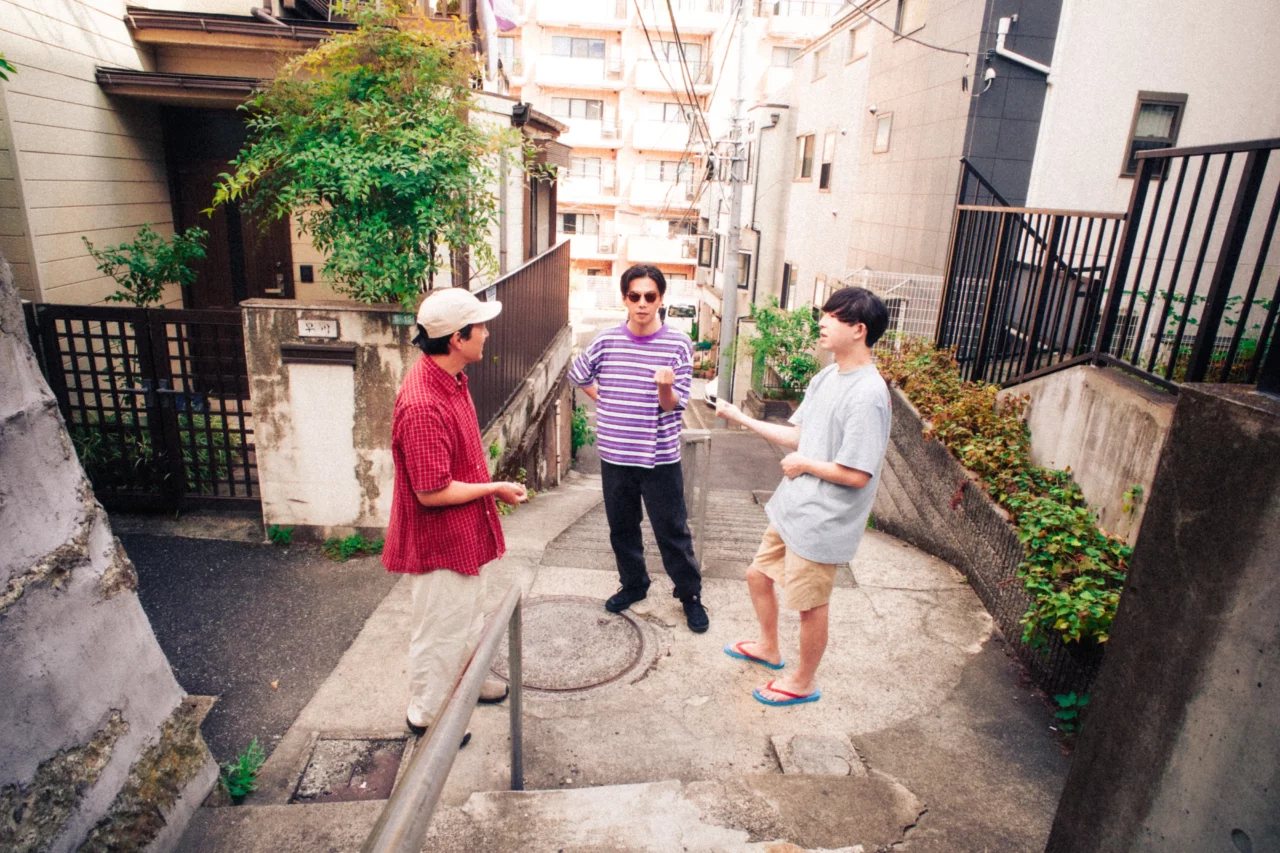
Hashimoto: Also, I took notes like, “This is where Tomomi Oda plays an incredibly impressive phrase, so let’s make sure the guitar is less audible here.” I’ve applied these insights to my own live performances. Many aspects of this work have influenced the way I approach live shows.
Takagi: There are indeed a lot of such insights. It’s like finally understanding what everyone else was doing [laughs]. We had been working without discerning the finer details of individual performances, so it was good to get organized at this stage. Especially when you’re singing, you almost never notice the details of the playing.
Arauchi: While listening to the mixes during the creation process, it felt like I was seeing Hashimoto’s inner landscape. For example, when the band is getting really pumped up, I would tend to pull it back a bit, but Hashimoto extends it further with effects. I could see his perception of the performance and how he amplifies it. It’s like making big sounds even bigger.
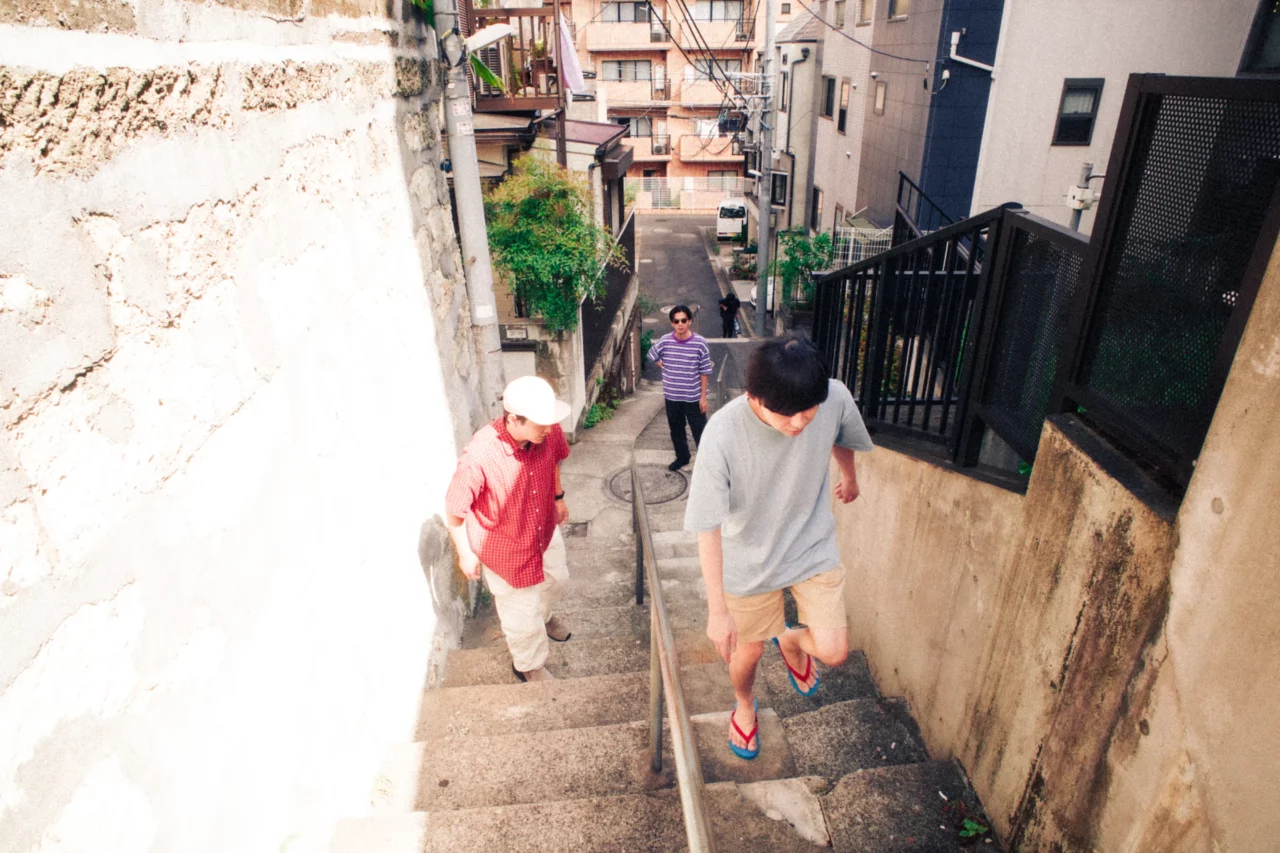
Hashimoto: Like the synth solo in “Fdf” [laughs]. It’s to the point where it’s all you can hear.
Takagi: Initially, Hashimoto was pushing for something like “the incidentality occurring throughout the song.” That was interesting, but then there was back-and-forth with Arau, where we had to find a balance—keeping some of that incidentality while also maintaining the song’s structure and dynamics.
That interaction was the highlight of the production. I was the one facilitating and encouraging, saying things like “yes, yes” and “sounds good.” It was quite challenging, but it’s a fascinating process, and I think it’s something we should continue doing in the future. It’s about how to translate each other’s most distinctive elements into sound.
Arauchi: Isn’t that something you discuss when you first start a band? [laughs]
Takagi: Well, but actually, I think cero might not have done much in terms of blending the three members’ personalities. It naturally happened with the support members, but this live album project was the perfect opportunity to mix the core three together. I even went out to get some nanachiki and Red Bull during the process [laughs].
Hashimoto: That made me happy.
Takagi: That was the best thing we did for this project! It had gotten a bit tense, so I decided that at the right moment, I’d bring in nanachiki and Red Bull [laughs]. After that, we had some really great discussions. That’s my highlight!
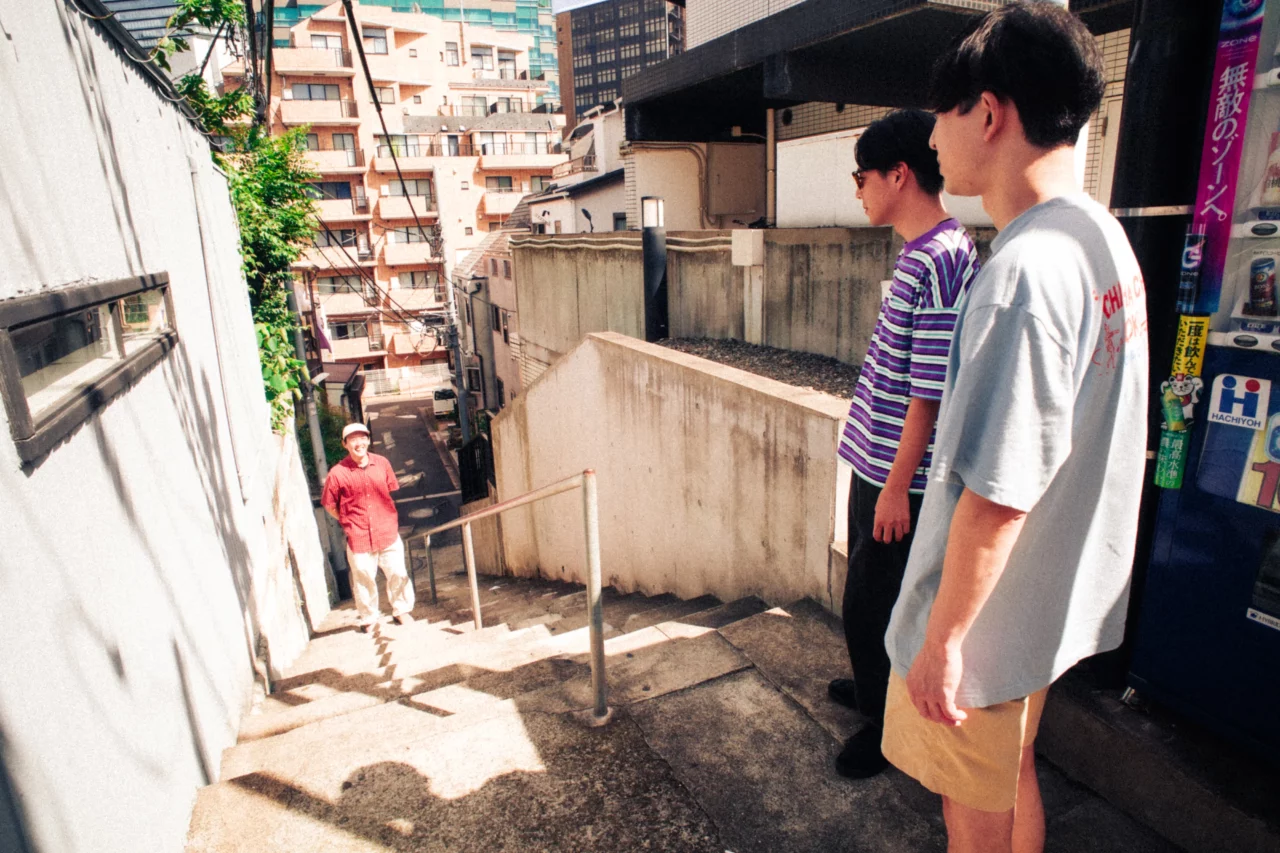
INDEX
Impact of Live Album Production on cero’s Future
How did it feel to try this method? There are artists like Phish who release a lot of live albums, and others like Frank Zappa who incorporate live recordings into their studio work.
Takagi: Indeed, if we do this again, it might be worth increasing the proportion of studio work to about half. We could record live material and use it while also doing new recordings in the studio.
It was unusual that this time the production started from the point where the basic material was already recorded. Normally, recording the material takes up more than half of the time for an album, but this time the main focus was on manipulating the recorded material. That situation was refreshing.
By the way, where did the title “Live O Rec” come from?
Arauchi: Originally, Naoya Tokunou, who was a PA and recording engineer in the early days, suggested the title cero rec over 10 years ago.
Takagi: The “o” forms a mirrored character. We always said we’d use it someday, and it seems that hint played a role this time.
Arauchi: From there, Rui Fujita from Kakubarhythm suggested the title “Live O Rec.”
Takagi: And within “Live O Rec,” there’s also “e o.”
As a result, asymmetry (non-symmetry) seems more fitting for cero than an anagram symmetry. It simply means “a recording of a live performance,” and it also questions what kind of trial it represents.
Aranai: If you read it from the right, it spells “cero evil” [laughs].
Evil!
Arauchi:There’s also Miles Davis’s “Live Evil” (1971) live album.
Takagi:Maybe next time we’ll go with evil cero and make the album cover a black inverse [laughs].
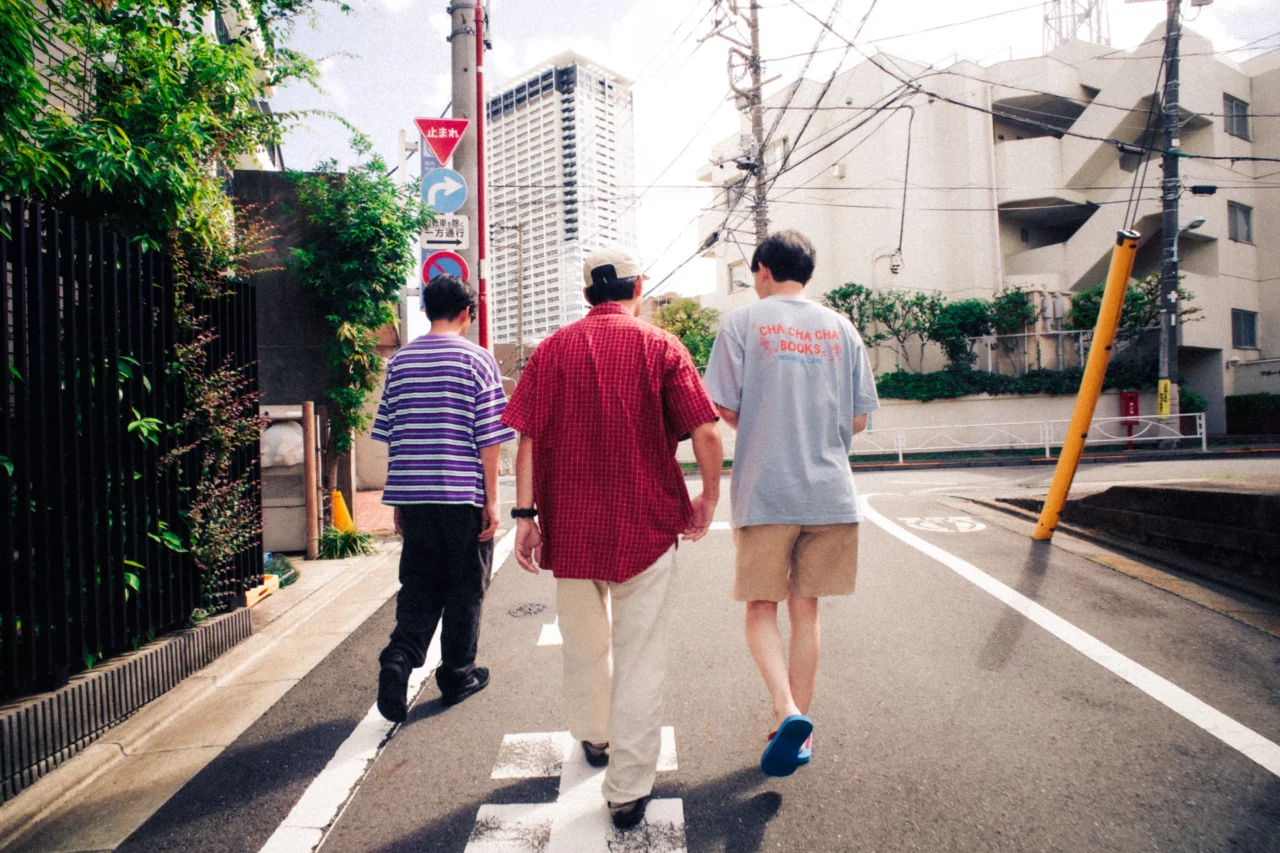
cero “Live O Rec”

Wednesday, September 11, 2024
1. Nemesis
2. Hitode no umi
3. マイ・ロスト・シティー
4. Elephant Ghost
5. Cupola
6. Evening News
7. Fdf
8. 魚の骨 鳥の羽根
9. Waters
10. Tableaux
11. Angelus Novus
12. outdoors
13. Poly Life Multi Soul
https://kakubarhythm.lnk.to/LiveORec
cero “Live O Rec” (Venue & Label Direct Sales Limited CD)
Available for purchase starting September 21, 2024, during the Tokyo, Nagoya, and Osaka Quattro tour
Price: ¥3,300 (including tax)
1. Nemesis
2. Hitode no umi
3. マイ・ロスト・シティー
4. Elephant Ghost
5. Cupola
6. Evening News
7. Fdf
8. 魚の骨 鳥の羽根
9. Waters
10. Tableaux
11. Angelus Novus
12. outdoors
13. Poly Life Multi Soul
14. 街の報せ ※CD only















